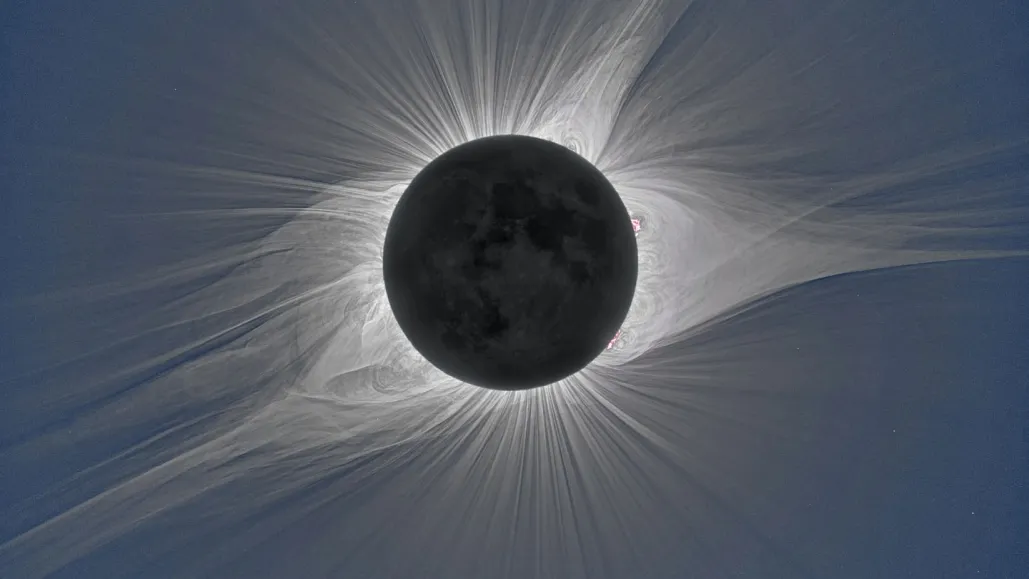April 8 (Punjab Khabarnama) : On Monday, April 8, 2024, North America will witness a total solar eclipse—a rare event not seen in the United States for seven years and not expected to recur for another two decades, according to astronomers. Millions are expected to look up to the sky on April 8 to witness the alignment of the sun, moon, and Earth, either partially or fully, depending on their location.
When does the total solar eclipse start? What is its path across the country? How can I safely view it without harming my eyes?
What Is a Total Solar Eclipse?
“It’s an alignment of the sun, the moon, and the earth in such a way that the moon passes directly between the sun and the Earth, blocking the sun’s rays from reaching the Earth’s surface,” says Noah Petro, an Artemis III project scientist at NASA.
If you’re in the path of totality, then you will see the moon completely cover the sun.
Outside of the main path? You may still see a partial eclipse, where the moon covers a slice of the sun.
When Is the Solar Eclipse?
Date: The total solar eclipse will occur on Monday, April 8.
Time: Depending on your location in the path of totality, the solar eclipse will happen in the afternoon and potentially last around four minutes.
How to watch solar eclipse live stream: Nasa Youtube
Duration of 2024 Total Solar Eclipse: The April 8 eclipse, spanning from Texas to Maine, will last for a duration of four minutes and 28 seconds.
Why is this solar eclipse such a big deal?
Solar Eclipse on April 8 is a special one. The last solar eclipse occurred in 2017, whereas US witnessed a total solar eclipse only in 1970.
NASA has announced that the path of totality for this total solar eclipse will be wider than that of 2017. This means it will be more visible across the US than the previous one.
Cities such as Buffalo, New York, Cleveland, and Dallas will be directly aligned with the moon’s center during the total solar eclipse, allowing them to experience the full totality of the event.
This solar eclipse holds particular significance due to its rarity. Based on calculations, the next total solar eclipse is not expected to occur for another two decades, in 2099.
A total solar eclipse is also far more impressive than a lunar or an annular solar eclipse. During an annular eclipse, the moon covers the Sun but leaves an outside ring some call a “ring of fire” — it darkens the sky instead of plunging Earth into a night-like darkness, which is what happens during a total solar eclipse.
“The eclipse in 2024 could be even more exciting due to differences in the path, timing, and scientific research,” reads a post from NASA.


